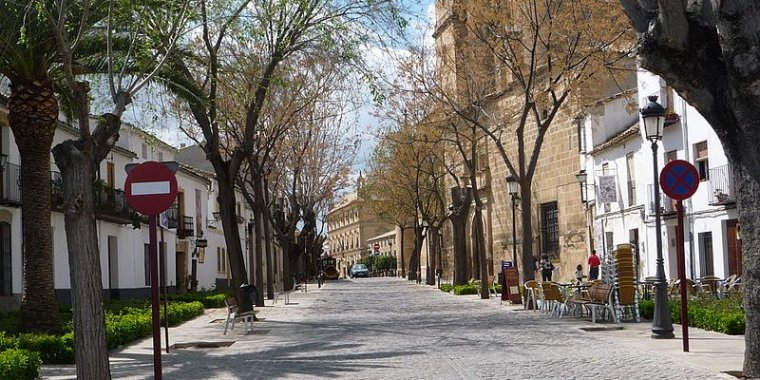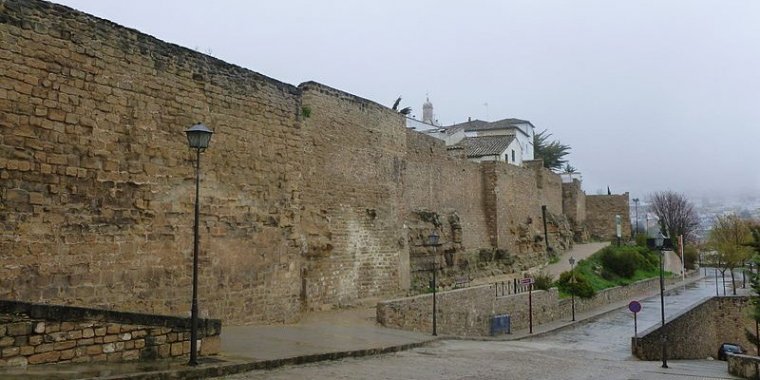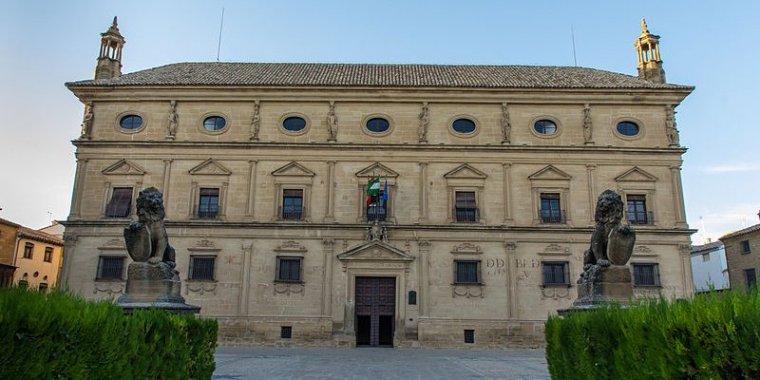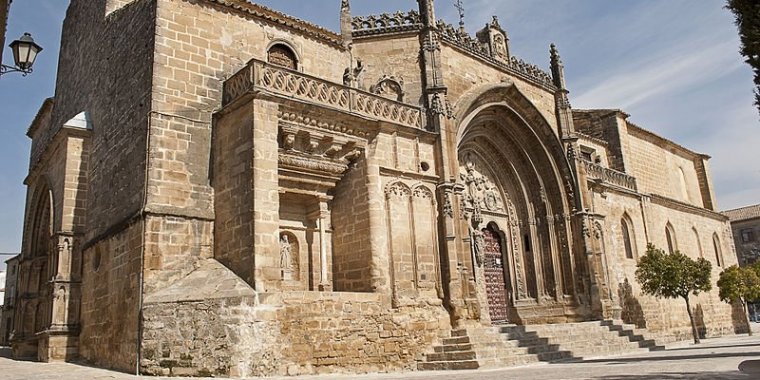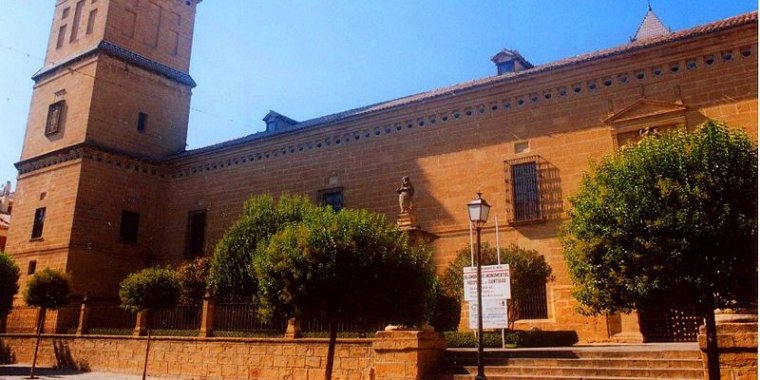| Travel / Tourist Attractions |
Tourist Attractions in Úbeda, Spain
Compact and walkable, the small city of Úbeda can be found just off the main Andalusian tourist trail at the center of Spain's Jaén province. As a refreshing change, Moorish heritage is not the main draw here; it's the fantastic collection of Italian-inspired Renaissance era palaces and churches.
The dozens of magnificent Renaissance era buildings here were designated a UNESCO World Heritage Site in 2003, and by far and away the reason most folks stop by. If possible, avoid visiting Úbeda on Mondays, when many sites are closed or have reduced hours.
While all facades have been preserved, few interiors remain in their original 16th century state. They've often been turned into municipal buildings, or stately hotels for the well heeled. Either way, they're beautiful. It's easy to let your imagination run wild as you get lost rambling through the narrow streets of the old city.
• Murallas de la Ciudad, Redonda de Miradores. 24 hours daily. Circling the city, these walls were first built around the 10th century, and have been extensively modified over the years. Various doors and watchtowers puncture the barricades and peak out atop the bulwarks. The scenic loop in the southeastern quadrant of the city affords particularly spectacular views of the surrounding countryside and its olive-laden hills. Free.
• Palacio de Juan Vázquez de Molina (Palacio de las Cadenas), Plaza Vázquez de Molina. M-F 8AM-8PM Sa 10AM-2PM / 4PM-8:30PM Su 10AM-2PM. Considered to be one of the best examples of Renaissance architecture in Spain, the palace was built between 1546 and 1565. Architect Andrés de Vandelvira designed this palace as a Roman house, creating its entire structure around a large courtyard with a fountain in its center. The main facade is very well proportioned and quite beautiful. This has been Úbeda's town hall since at least 1850. Free.
• Parroquia de San Pablo. Tu-Sa 11AM-1PM / 6PM-8PM Su 11AM-1PM. One of the oldest in Úbeda, this church is believed to have been built some time during the 13th century. Its location in a central square and its proximity to the old town hall, made it the perfect choice for city council meetings throughout the 15th century. In the early 16th century, the building was embellished with Renaissance details under Alonso Suárez de la Fuente, who carried out extensive renovations and enlargements. Free.
• Sacra Capilla del Salvador del Mundo, Plaza Vázquez de Molina. M-Sa 9:30AM-2:30PM / 4PM-6PM Su 11:30AM-3PM / 4PM-7PM. Built between 1536-1559 under the patronage of Francisco de los Cobos. Initially conceived as a funerary monument, it was re-envisioned while under construction to elevate the patron's fame, fortune, and personal glory. The complex sculptural decoration of both the main facade and interior contrast boldly with the austerity of the Palacio de Molina, on display just down the road. The chapel's grandiose circular centralized crypt is meant to expresses a unity with, and the infinite essence of, God. €5 including audioguide, children €2.50.
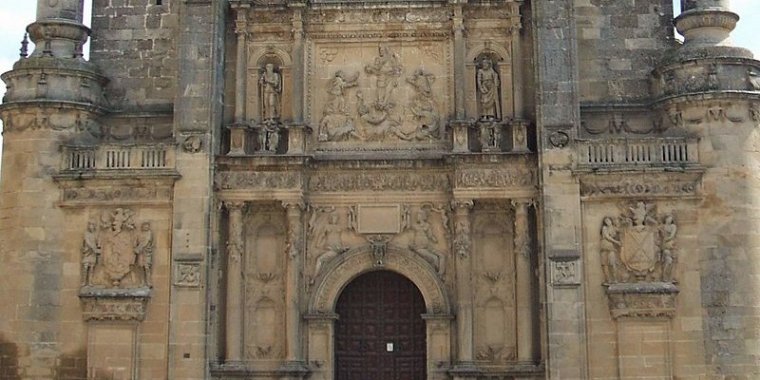
Sacra Capilla del Salvador del Mundo. ![]()
• Hospital of Santiago, 28 Calle Obispo Cobos. M-F 7:30-14:00 / 15:30-22:00 Sa Su 10:00-14:00 / 17:00-22:00. This massive space was built around 1562-1575, and spans an entire city block. It's since been completely renovated and now houses a massive event space as well as a library. Work by new and established artists adorns the walls and rotates often. Check their calendar for information about upcoming live performances. Free. (Wikivoyage)
See also Úbeda in Pictures.
YOU MAY ALSO LIKE





